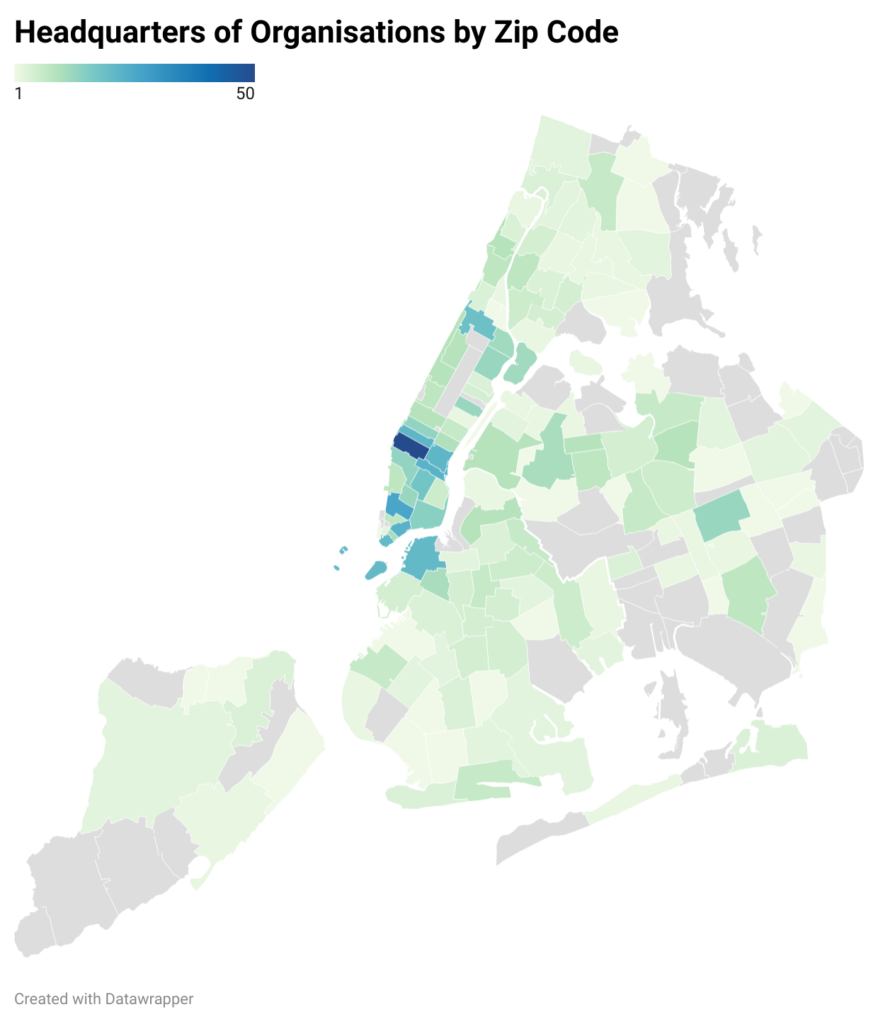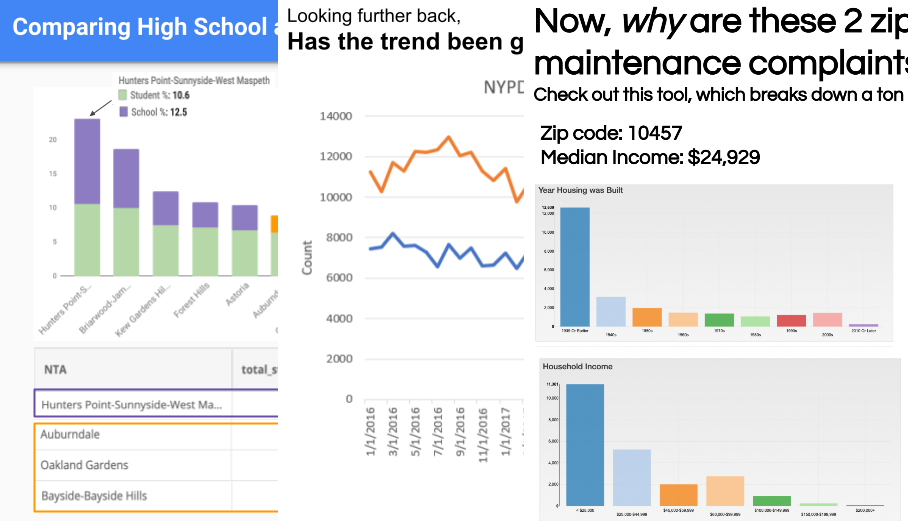Hello friends, neighbors, colleagues, comrades, and community members near and far,
As we approach the dawn of Fall ’21, we are taking some time to reflect on Spring ’21 – BetaNYC’s first and only fully-virtual semester hosting CUNY Service Corps fellows.
Spring 2021 was another challenging semester for students, teachers, supervisors, and employees across the country and world. A full year into the pandemic, Zoom fatigue, the digital divide, and technology problems were increasingly real for most. The arrival of the vaccine was a massive milestone and achievement, but represented several stressful steps for those taking it, to navigate around school and work schedules.
In spite of all this, here in New York City, after taking one semester off to recalibrate, the CUNY Service Corps launched. Fifty organizations and agencies in New York City signed up to host students remotely, and a few hundred students landed placements. BetaNYC matched with six stellar Service Corps fellows from John Jay College, City Tech, and LaGuardia Community College. They joined us from Long Island, Queens, Brooklyn, Florida, and India (during monsoon season, no less!). After an intensive training where fellows learned to teach Open Data to the public during Open Data Week, they then had six weeks to dive into datasets of choice and use their new analytical and visualization skills to tell stories. Below, please read about these awesome earthlings’ discoveries in NYC Open Data.
All in all, the Spring of 2021 was a testament to the resilience and dedication of people around the world to continue meeting their responsibilities amid quickly changing turf. To find an upside, one might look back at the intimate moments of connection that occurred along the way.
Wishing you a joyful rest of summer!
Civic Innovation Fellows ’21 NYC Open Data Stories
Housing Codes! NYPD Complaints! Women Resources! Film Permits! NYC Schools! In their final assignment, this year’s Civic Innovation Fellows explored NYC Open Data across a variety of topics and built their own data stories. Here are some highlights of their work.
How are NGOs addressing the needs of women and families?
by Aaryan Nair
Using the NYC Women’s Resource Network Database, Aaryan explored the distribution of women and family service providers across the city. He investigated questions such as what percentage of female empowerment programs address primary (education, employment, health homelessness among others) and secondary needs (art, business, child care, youth service, faith etc.).


Investigating housing maintenance code complaints
by Kiona Barnes
Kiona used her experiences as a psychology major and prior work with community organizations to analyze the Housing Maintenance Code Complaints dataset. Through the dataset, she found how complaints were distributed across the five boroughs and zip codes.


Analyzing NYPD complaint and arrest data
by Joseph Liu
Joseph was curious about how many crimes occurred throughout the five boroughs, and how many of them were solved by the NYPD in recent years. With the NYPD arrests and complaints datasets, he discovered trends throughout precincts.


How did the pandemic affect film shoots in NYC?
by Sarah Park
While attending John Jay College of Criminal Justice, Sarah noticed there were frequent film shoots on campus, and became intrigued by NYC’s film permits dataset. She decided to look at how the pandemic might have affected the number of film permits being granted across the city, as well as by borough.


Exploring the density of students and schools in Queens and the languages taught at them.
by Vansh Sharma
As a Queens native, Vansh looked at the number of high schools in Queens, how many students are enrolled and what languages are being taught. He found that the top three languages taught are Spanish, French and Mandarin respectively.


